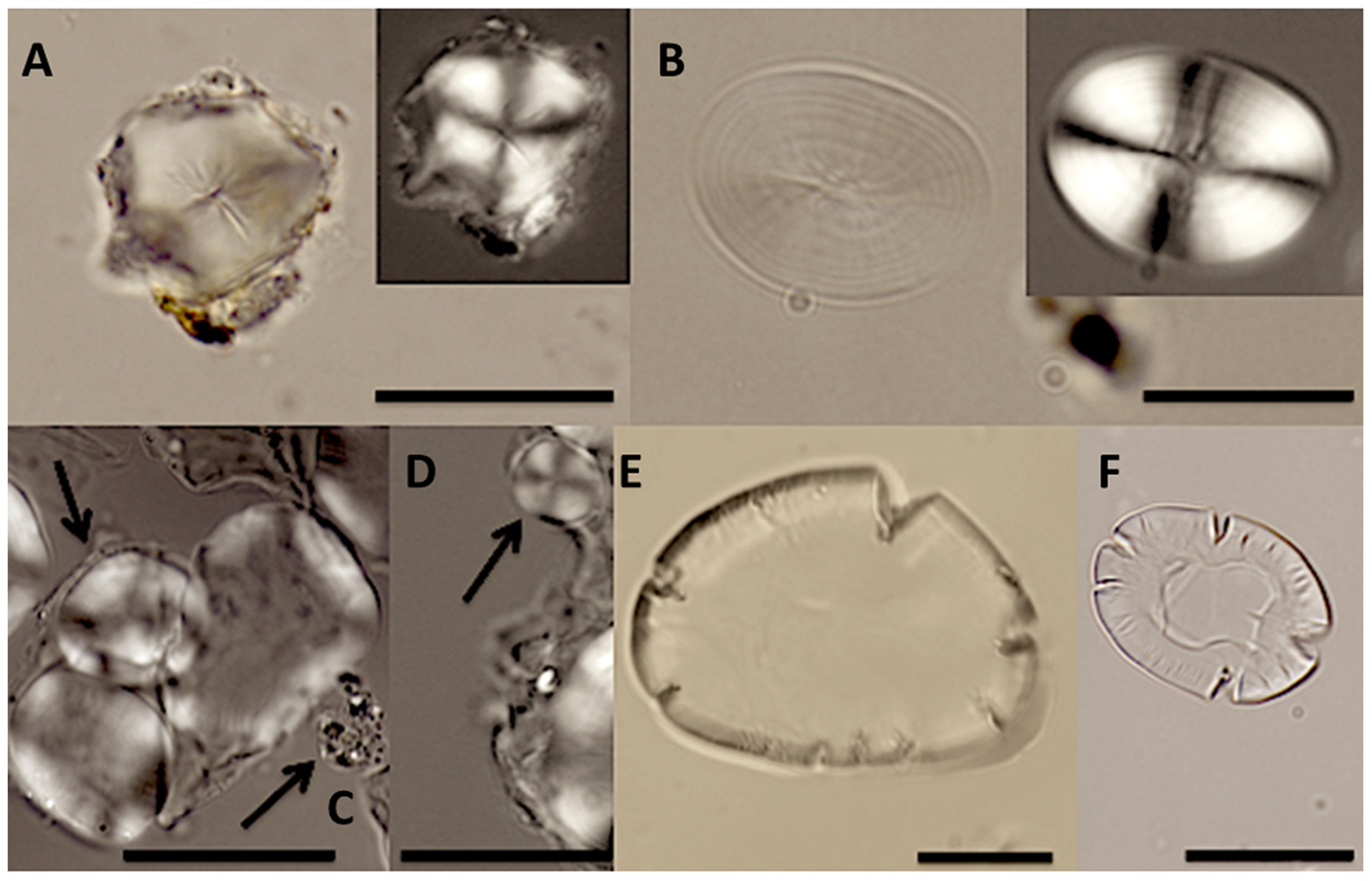Please note: Osher Rainforest will be closed for maintenance Jan. 14–16.
Science News
Toothy Evidence
July 24, 2014
by Dannie Holzer

How did humans make the leap from berry hunters to Anthony Bourdain? When did our ancestors begin to understand the nutritional value of food and start to prepare and cook our meals? It’s plagued scientists and historians for years, but now an article in PLoS One sheds light onto this physiological and agricultural mystery.
The answer took lots of calculus. Put down that calculator, it’s not the math kind, but it is the reason you floss! Calculus adheres to teeth and over time, and the deposits become solid mineral buildup. That means that anyone living in a pre-dental health period was walking around with a food log of their dietary history right on their very own chompers.
With that knowlegge, the researchers investigated the remains of graves in Al Khiday on the White Nile, Central Sudan, Africa. One of the five sites at Al Khiday is predominantly a burial ground of pre-Mesolithic, Neolithic, and Later Meroitic age remains. As a multi-period cemetery, it provides a useful long-term perspective on materials recovered there.
After chemically analyzing dental calculus samples from 14 individuals in the three different periods, the authors found that humans ingested a certain plant, purple nut sedge, for at least 7,000 years, during both pre-agricultural and agricultural periods. As a good source of carbohydrates with potential medicinal and aromatic qualities, purple nut sedge—today regarded as a nuisance and considered to be the world’s most costly weed—formed an important part of the prehistoric diet. In addition, the ability of the plant to inhibit a certain type of Streptococcus bacteria may explain the unexpectedly low level of cavities found in the population studied.
And the researchers found much more in these ancestors’ teeth, says lead author Karen Hardy of the Catalan Institution for Research and Advanced Studies in Barcelona.“We also discovered that these people ate several other plants, and we found traces of smoke, evidence for cooking, and for chewing plant fibers to prepare raw materials. These small biographical details add to the growing evidence that prehistoric people had a detailed understanding of plants long before the development of agriculture.”
So it’s not just a historical record—it’s the honest tooth!
Dannie Holzer works in guest experience and as a production assistant at the California Academy of Sciences. In her spare time, she’s a filmmaker.
Image: doi:10.1371/journal.pone.0100808.g002